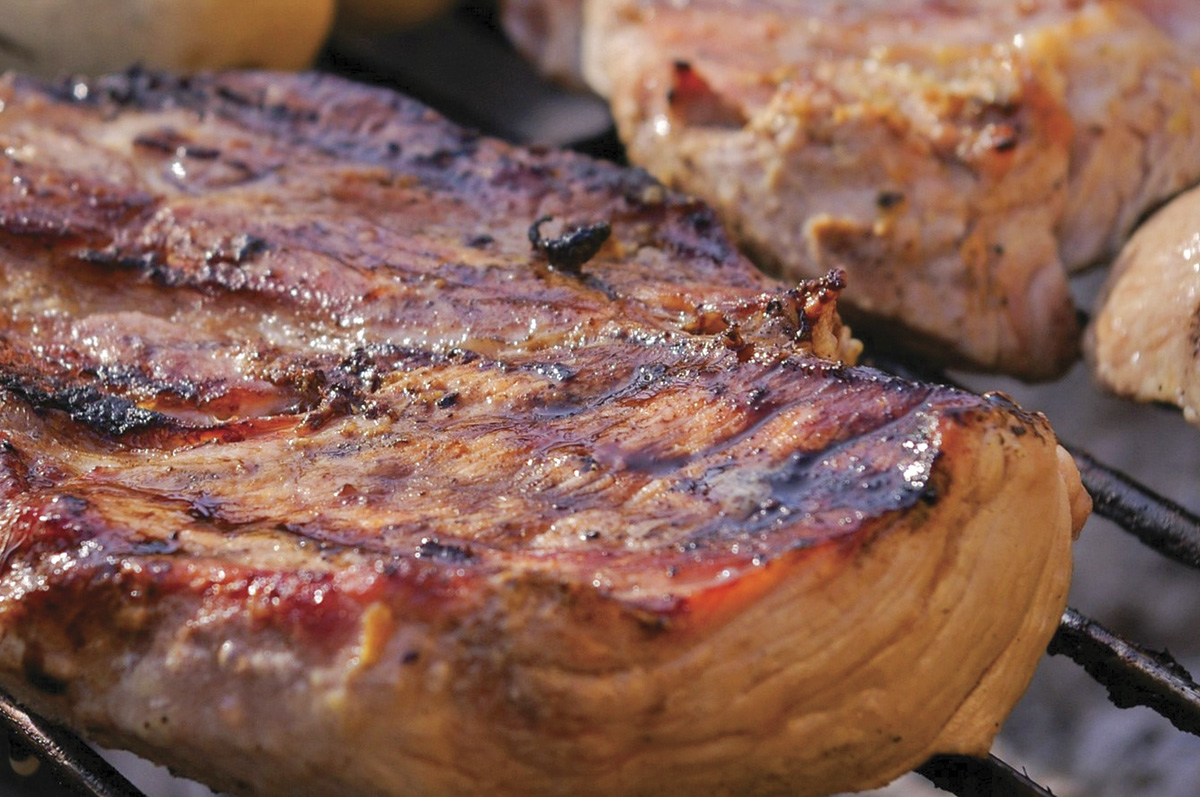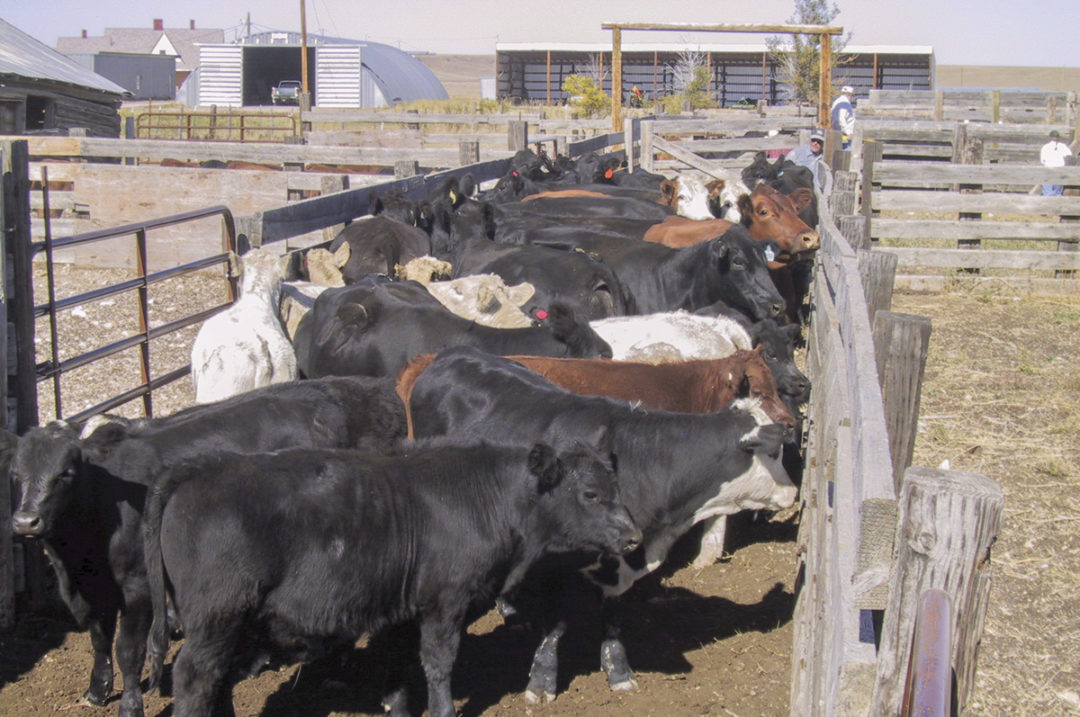In Part 1, we discussed how immune systems work and the concern that traditional vaccines are not effective or can’t be developed quickly enough to defend against some animal health diseases. Due to the advanced knowledge of DNA sequence and new technologies, we can utilize and manufacture messenger ribonucleic acid (mRNA) vaccines to address traditional vaccine inadequacies. However, there is some concern that mRNA vaccines' rapid development and deployment in food animals could lead to consumer health concerns.
MRNA vaccines and how they are different
The job of mRNA, whether part of a vaccine or not, is to carry instructions that direct cells to manufacture proteins needed to carry out specific functions. Used in vaccines, the mRNA carries a blueprint to make a particular identifying pathogen protein that the immune system will recognize and neutralize. In effect, the body itself manufactures this part of the pathogen rather than humans doing it in a lab.
This process mimics a viral infection without causing disease. Because the protein blueprint is just a tiny portion of the pathogen, increasing the amount of protein in the body does not cause disease. However, the immune system quickly mounts a strong response when recognizing these proteins as foreign and a potential threat.
No live viruses are grown, and time is not needed to deactivate, weaken or kill a virus like the traditional vaccine manufacturing process, making the mRNA vaccine development process considerably quicker.
Two forms of mRNA vaccines
Currently, there are two forms of mRNA vaccines – one form is structurally similar to what is normally in the body, and the other form is self-amplifying (saRNA) and allows for higher levels of proteins to be made.
Once the genetic sequence of a pathogen is known, mRNA vaccine production proceeds rather quickly. The problem stumping researchers in the past is that natural mRNA degrades quickly, and introduced mRNA is destroyed rapidly by abundant enzymes called RNAs.
For mRNA vaccines to be effective, they need to be packaged to allow them enough time to instruct cells to make the protein in enough volume that enables the body to produce an effective immune response against the pathogen, notes Dr. Penny Riggs, associate professor of functional genomics at Texas A&M University.
“The technology to produce mRNA vaccines has been around for decades. However, the technology enabling the mRNA vaccine not to be immediately rejected is new,” says Dr. David Verhoeven, assistant professor of vet microbiology and preventative medicine at Iowa State University. Mixing in modified nucleotides, the building blocks of RNA, with unmodified nucleotides allows the mRNA to escape detection long enough to train the immune system for future similar invasions. Packaging the mRNA in a fatty outer shell further helps it escape the cellular sensors.
Riggs says that, despite this increased stabilization, mRNA vaccines are eventually destroyed by normal cellular processes.
SaRNA contains the blueprints for the body to produce more proteins but differs in not including modified nucleotides.
Objections to mRNA vaccines
Those with objections to mRNA say modified mRNA from vaccines might be present in animal milk and meat, and the potential impacts on human health are unknown. In addition, some are raising concerns that our food supply would be suspect because other countries may develop and use mRNA vaccines in meat animals, even if the U.S. doesn’t.
Dr. R.M. Thornsberry, veterinarian and chairman of the animal health committee of the Ranchers-Cattlemen Action Legal Fund United Stockgrowers of America (R-CALF USA), has expressed concern about livestock mRNA vaccines. “We just can’t say how the modified proteins and lipid shell are impacting people,” Thornsberry says. “Would these things stick around in animals and end up in the meat and milk of animals? We don’t know.”
Much of the concern surrounding mRNA vaccines has resulted from the pandemic, Riggs notes. “As a scientific community, we have fallen short in explaining how mRNA vaccines are developed, tested and work. If the general public can’t understand the process, they aren’t able to weigh the benefits versus risks.”

Those with objections to mRNA vaccines cite a concern that any residue in meat and milk could have a detrimental impact on consumer health. Photo by Denice Rackley.
Use of mRNA vaccines in animals
Animal vaccines, just like vaccines used in people, must be tested to prove they protect from the specific disease or infection and are safe, Verhoeven notes. Safety tests for vaccines in livestock go a step further to include withdrawal times and safety for consumers.
The USDA states, “Withdrawal times are intended to ensure meat, milk or other products for human consumption from the vaccinated animal are free from adjuvant or vaccine organism contamination.” According to Verhoeven, this means tests are done to determine the length of time after the vaccine is given when no trace of the vaccine can be identified in any part of the animal.
Before USDA approval, all vaccines must undergo clinical trials to prove their safety and effectiveness. “Merck’s Sequivity is currently the only saRNA vaccine licensed for use in animals by prescription to protect against swine flu in pigs,” Verhoeven notes. “All the testing and approval has been completed for Sequivity, but no mRNA vaccines are available for cattle.”
Riggs says mRNA is present in all species and naturally degrades within minutes to hours. “Altered mRNA engineered for vaccines to enhance stability and enable recognition and antibody response remains fragile and is removed by normal cellular mechanisms,” Riggs notes. “The estimate is that half of the mRNA from a vaccine is gone in about 20 hours and completely destroyed within a few days.”
In addition, Verhoeven says the cooking of meat and pasteurizing milk makes it highly unlikely that consumers would be exposed to any small remnant of mRNA livestock vaccine. “Add to that, our digestive [system] adds another layer of protection since it is designed to defend us against pathogens,” Verhoeven says.
MRNA vaccines and cattle
While several mRNA vaccines for animal use are being studied, none are currently approved for use in cattle.
Many hurdles need to be overcome before the widespread use of mRNA vaccines in cattle can occur – the requirement that mRNA vaccines be kept very cold, warmed and used quickly to avoid degradation, as well as the efficacy of different types of mRNA vaccines still need to be addressed, Verhoeven says.
When asked if mRNA livestock vaccines could take the place of traditional vaccines, Verhoeven says, “That remains to be seen, but benefits exist.” No live virus is used and manipulated like conventional vaccines. There isn’t the possibility of mRNA vaccines causing the disease they are designed to fight. Verhoeven notes that not needing to grow a virus reduces the manufacturing process to months or even days, allowing for a quick response to disease outbreaks. Even so, some states have drafted legislation outlawing the use of mRNA vaccines. So far, these attempts have been unsuccessful.
Verhoeven concludes, “I am a researcher who has been making vaccines and started studying mRNA vaccines for years. The USDA regulations are in place to ensure our food is safe and secure. Vaccines for food animals have protected them against many diseases; limiting mRNA vaccine use now would mean losing a new approach to protecting animals from pathogens that we can’t address with current vaccinations.”
This is Part 2 of a two-part series. Read Part 1 here.








